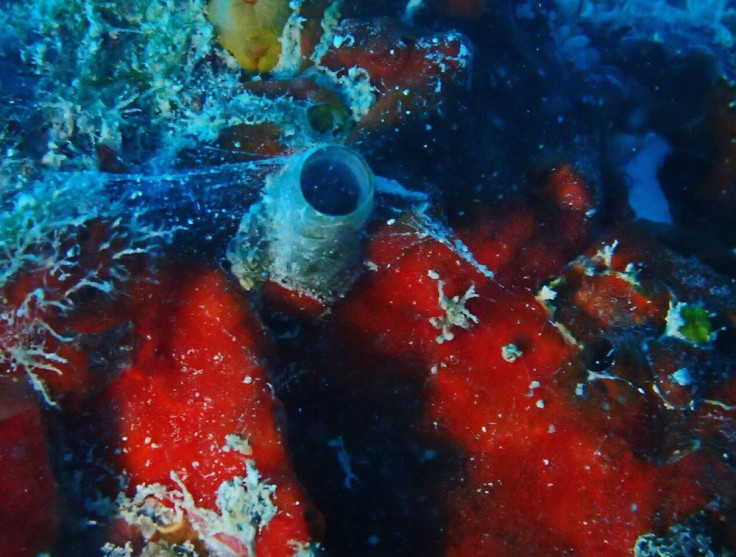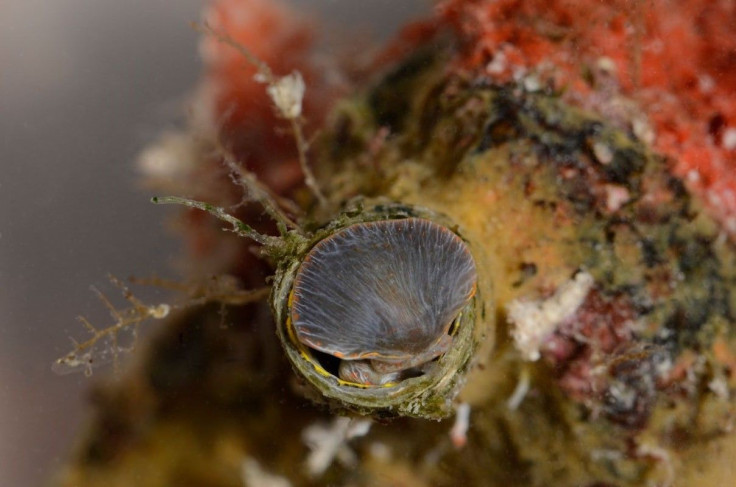A Spider-Man Snail: Marine Animal Found In Florida Keys Shoots Web Like Spidey

We have found the real Spider-Man, and it lives on a shipwreck in Florida... it's just not a man at all, though.
Scientists are comparing a newly discovered marine species to the fictional web-spinning superhero because it shoots out mucous to ensnare its adversaries. A study in the journal PeerJ says that the multicolored worm-snail is immobile and feeds by grabbing its tiny prey, which is floating in the water, with its mucous “web” before reeling it in.
The young mollusks also use their mucous to travel — those slimy threads “are then transported by water currents,” allowing them to move around and “also potentially colonize new habitats.” But the grown worm-snails cement their shells to one place for the rest of their lives.
Read: Do Spiders Have a Personality?
This small species may sound cool, but the study says that based upon a DNA analysis, the worm-snail might be invasive to the Key West area: Thylacodes vandyensis “may be a recent arrival from the Pacific Ocean” that could have hitched a ride on cargo ships.
They were found stuck to the hull of the intentionally sunken USNS General Hoyt S. Vandenberg naval vessel. Their discoverer, Rüdiger Bieler, the study’s lead author, called them “kind of cute” and “weird” in a statement from the Field Museum, where he is the curator of invertebrates.
“The snails have an extra pair of tentacles down near the base of their body, almost like little arms. These tentacles are what they use to shoot slime,” Bieler said. “They shoot out a mucous web, just like Spider-Man — although in slow motion. Then, microorganisms get stuck in the web, and the snails use their mouths to pull the web back in and strain the food through barbs on their tongues called radulae in order to eat. They filter-feed.”

It’s not all fun and games, though. The study reports that this marine creature may be harmful to its neighbors, in part because it hosts a type of parasitic worm that is dangerous to loggerhead turtles. In that regard, it suggests monitoring the species to ensure the health of the entire habitat.
See also:
© Copyright IBTimes 2025. All rights reserved.





















